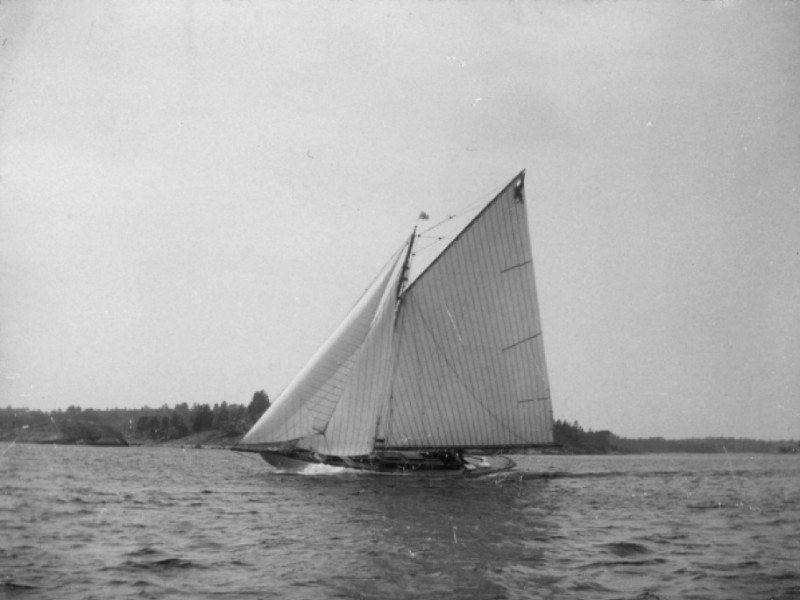

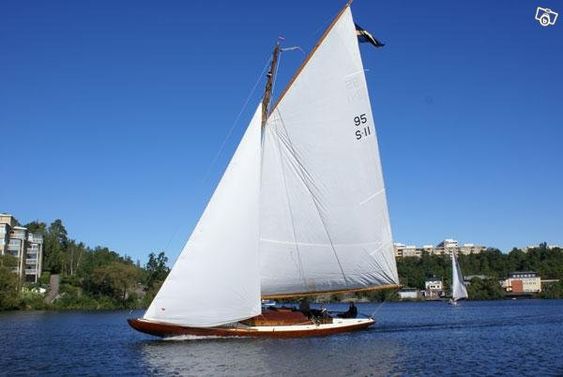
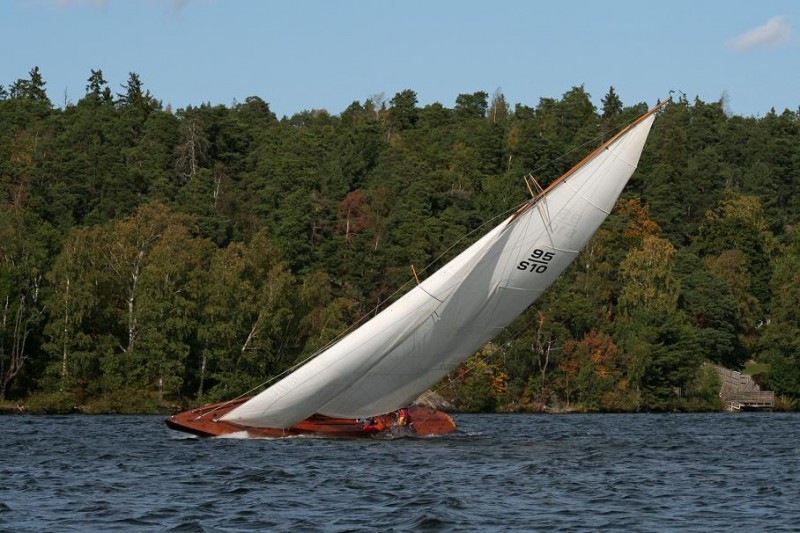
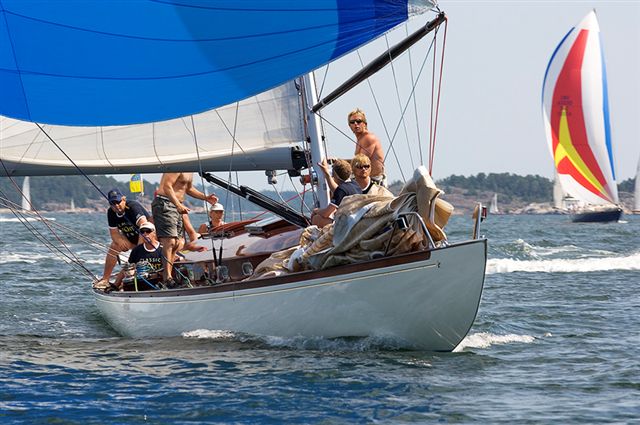
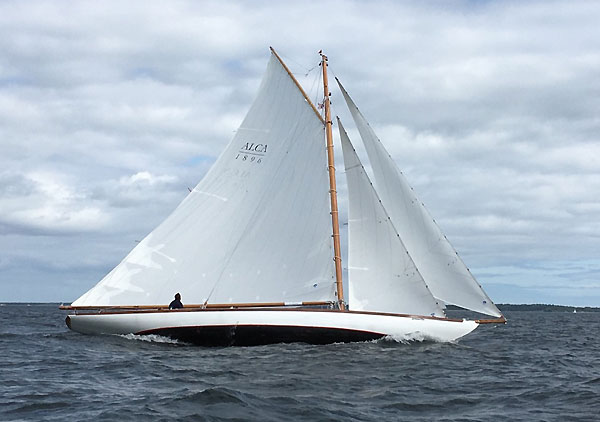
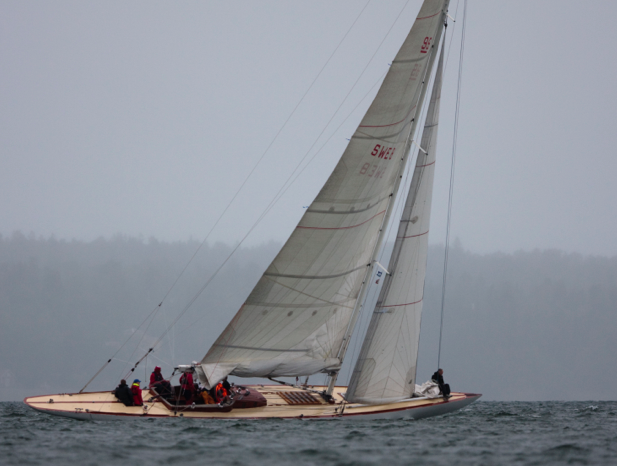
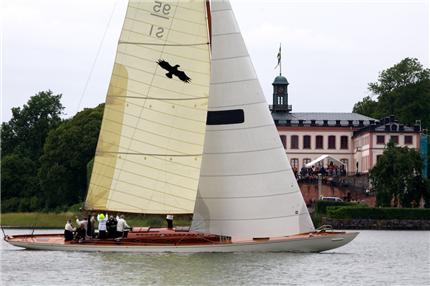
In 1907, the Swedish Sailing Federation established a committee to design a national racing yacht class. Previous handicap rules had tended to be very simple and boats had evolved to be very fast and extreme racing machines, which were perceived as unsafe and impractical. Recently developed other options were the Universal rule (also called ‘American rule’) and the International Metre rule, neither of which were seen as fully satisfactory by the Swedish Sailing Federation.
The committee completed its proposal the following year. It was accepted as the first Square Metre Rule: yachts were to be classed by their sail area which was fixed. In addition, there were minimum requirements for weight and cabin measurements. Four new classes were originally accepted: 22m², 30m², 45m² and 55m² classes. Soon, new classes were to follow: 38m² class in 1912; 15m², 75m², 95m², 120m² and 150m² classes in 1913; finally in 1915, 38m² and 45m² classes were combined to new 40m² class. The new rule became very popular within the Baltic region; between 1907 and 1920, Finnish yards alone built some 600 Square metre rule yachts. During peak years, Skerry cruisers made up 95 percent of the yards’ output. They were also exported to other European countries and the USA.
Information courtesy of Wikipedia








